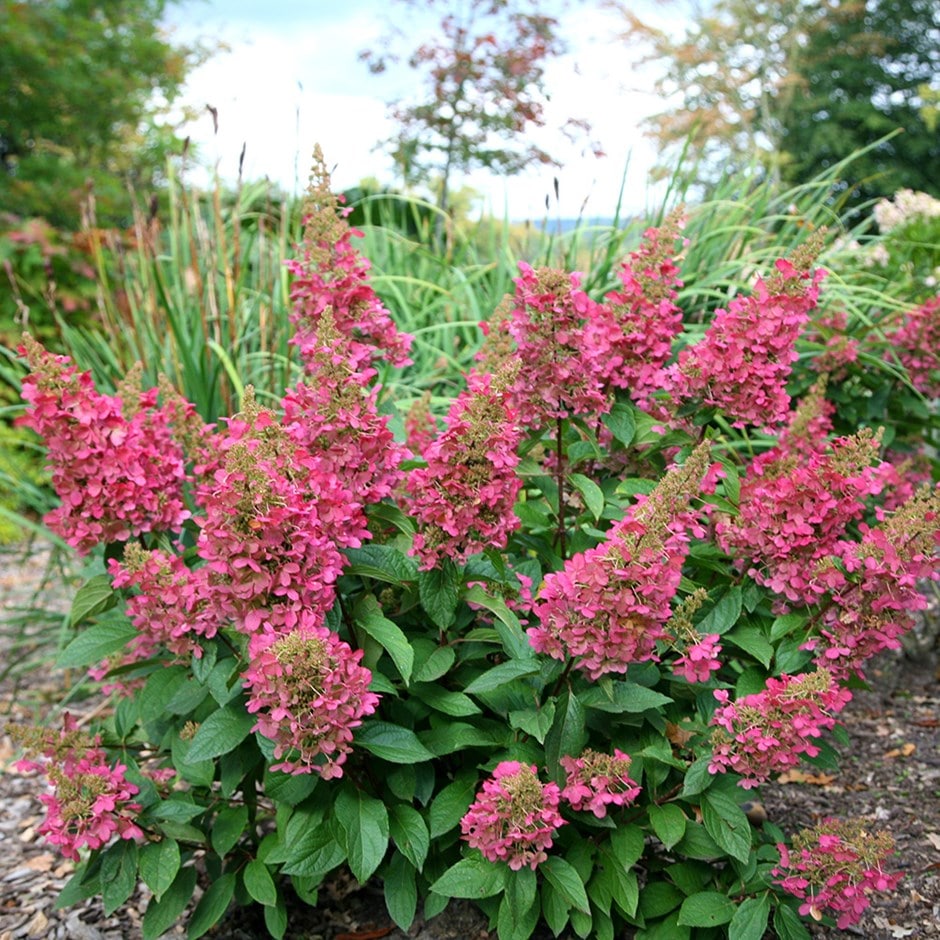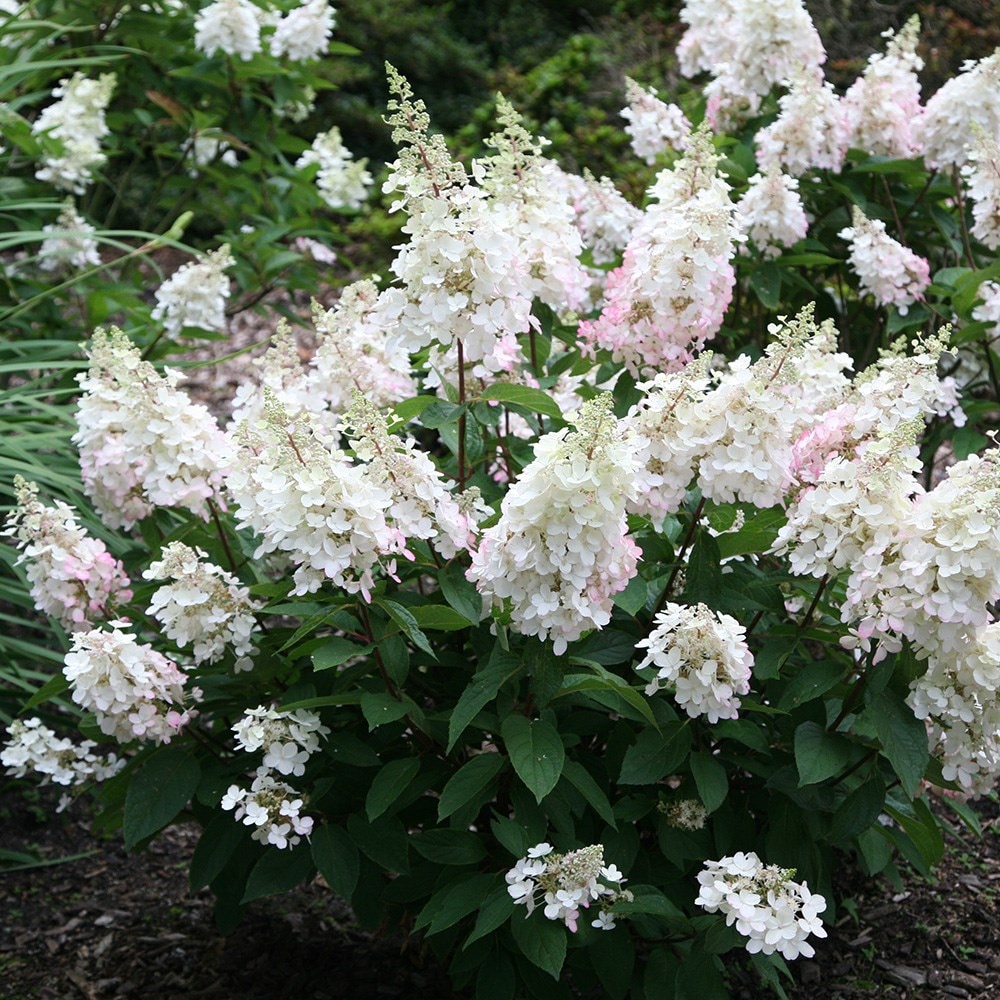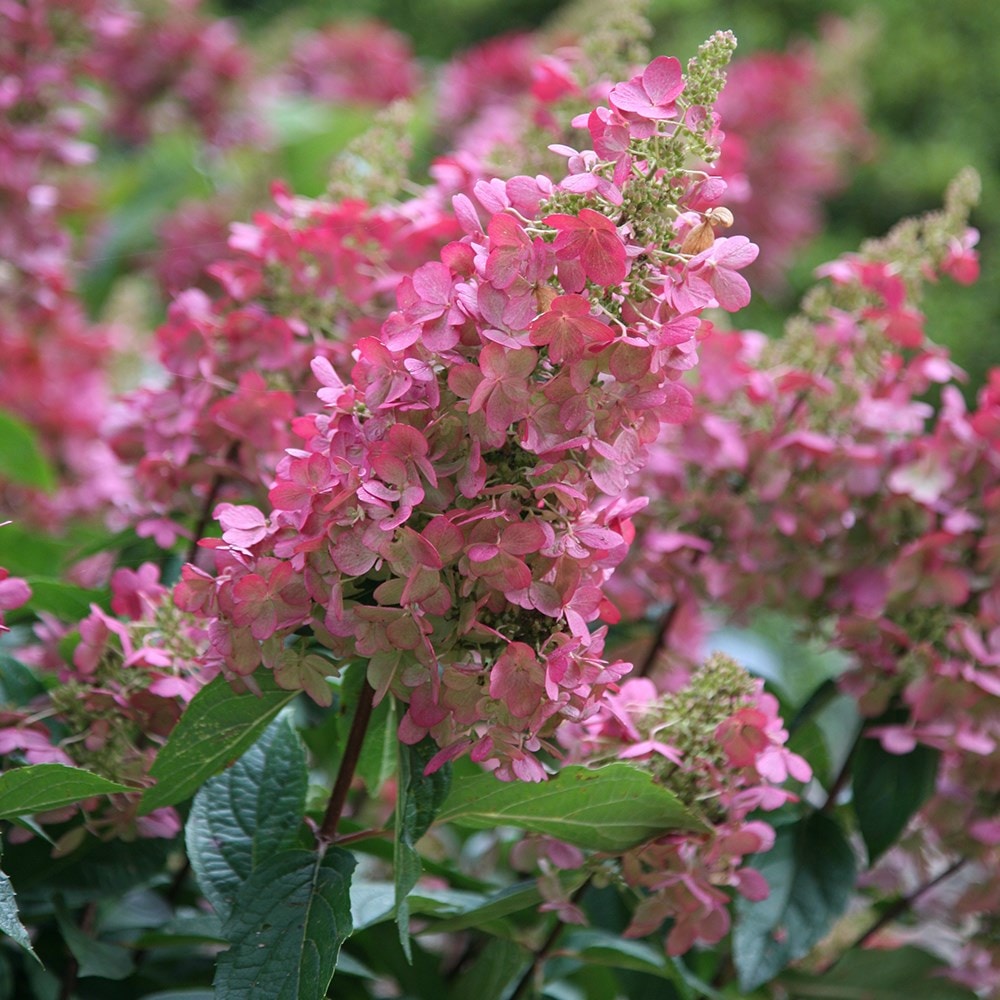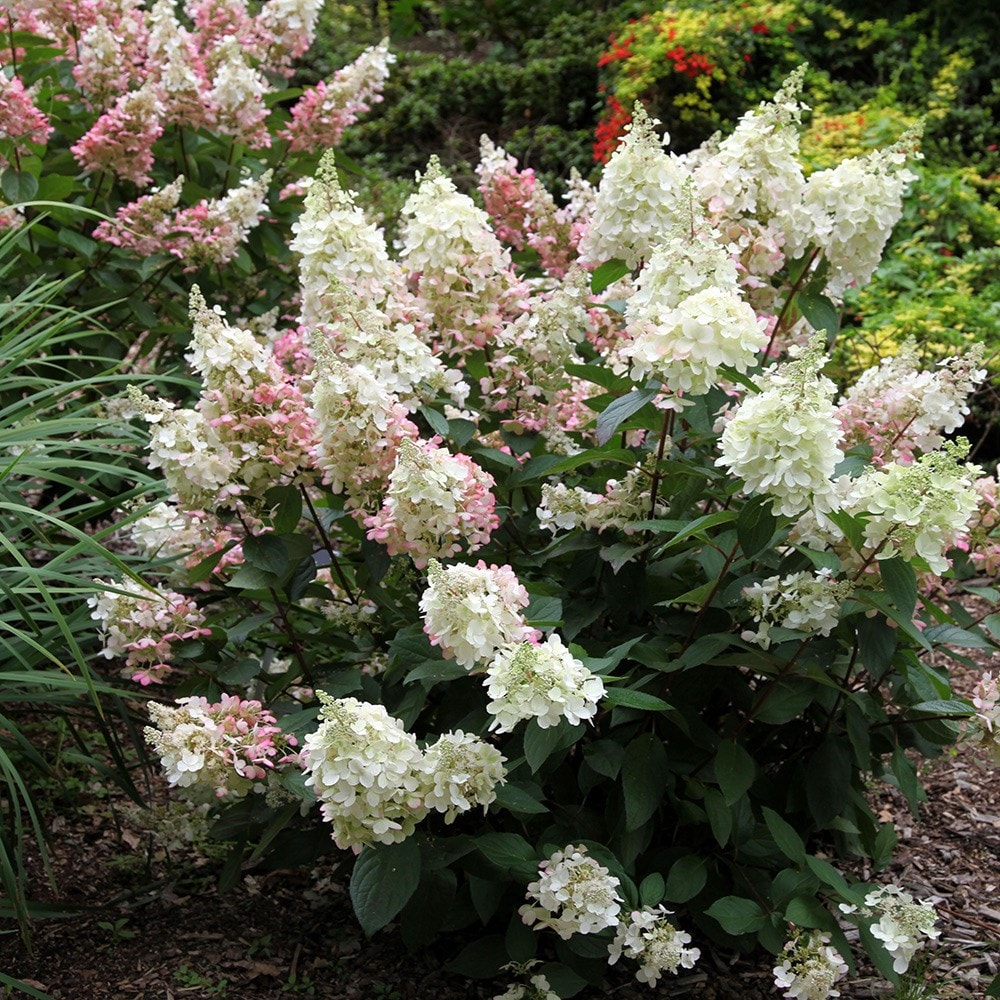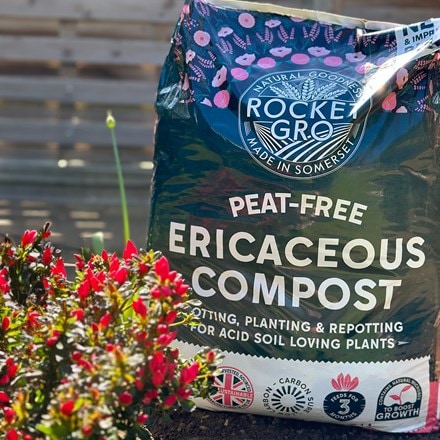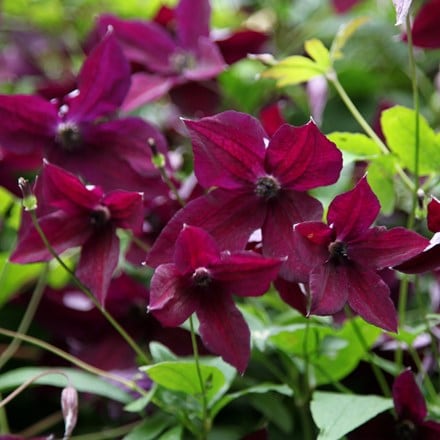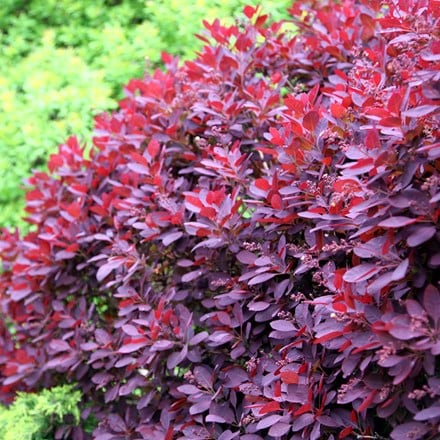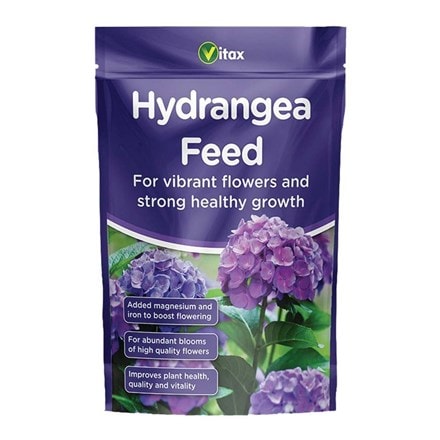Hydrangea paniculata Pinky-Winky ('Dvppinky') (PBR)
hydrangea Pinky Winky
The tiny star-like flowers emerge from bud white and gradually fade to pink as they age, giving the panicles a distinct two-tone...
GOES WELL WITH
March pruning of trees, shrubs and climbers
The following notes can be used as a guide when pruning trees, shrubs and climbers in your garden during the month of March. It's timely advice if you have any of the following in your garden. Abeliophyllum, Artemesia, Brachyglottis, Brunfelsia, Buddleja
Read full articleHydrangeas - which one to choose?
Hydrangeas come in many guises, but the blue and pink mopheads and lacecaps that flower in summer are generally forms of Hydrangea macrophylla, an Asian species that prefers lots of summer rainfall and drier winters. This can be tricky in drier gardens, b
Read full article


